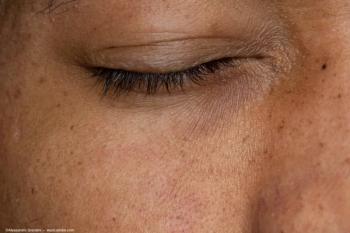
RWC 2025: BCVA and CST Improvement over 12 weeks with OCS-01 eye drops for DME
Almeida highlighted the increasing prevalence of diabetic macular edema and the importance of developing safe, well-tolerated treatments.
David Almeida, MD, PhD, MBA, a vitreoretinal surgeon and clinician scientist, presented at the Retina World Congress about OCS-01, a new dexamethasone cyclodextrin formulation for diabetic macular edema (DME). The innovative eye drop technology offers promising efficacy and safety outcomes, addressing challenges in medication delivery to the back of the eye. By allowing longer contact times and better penetration, the formulation could potentially reduce treatment burden for patients.
Almeida highlighted the increasing prevalence of diabetic macular edema and the importance of developing safe, well-tolerated treatments. The next step involves phase three registered trials to further evaluate the medication's potential benefits.
Note: The following transcript has been edited lightly for clarity.
Hi, my name is David Almeida. I'm a vitreoretinal surgeon and clinician scientist at the Erie Retina Research and the Centers for Advanced Surgical Exploration. It's wonderful to be back at Retina World Congress, which is always a very dynamic, collaborative, international meeting, and I've been presenting on one of the topics is the OCS-01 from their DIAMOND program, looking at the 3 times a day, dexamethasone, cyclodextrin, a new formulation for diabetic macula edema, which shows very promising both efficacy and safety outcomes that will then be used for the phase 3 registered trials.
A drop is challenging, so because it has to last long enough, has to get to the back [of the eye]. So I think the OCS technology allows to have longer contact times, allows better penetration. So I think that's encouraging. Then really beyond that, in terms of, when we think of the prevalence of diabetic macula edema, how those numbers will just keep increasing, to have a really, really safe, well tolerated drop, you know, I think would be really welcome and potential benefit for a lot of patients, hopefully.
Ideally, you would probably be able to space out visits longer, you know, so that they're just on a drop. And then, when you think of things that are coming down the wire, like OCT, that then could be like nice congruency points to support that, you know, that could support that reduction in treatment burden.
Newsletter
Don’t miss out—get Ophthalmology Times updates on the latest clinical advancements and expert interviews, straight to your inbox.


















































.png)


